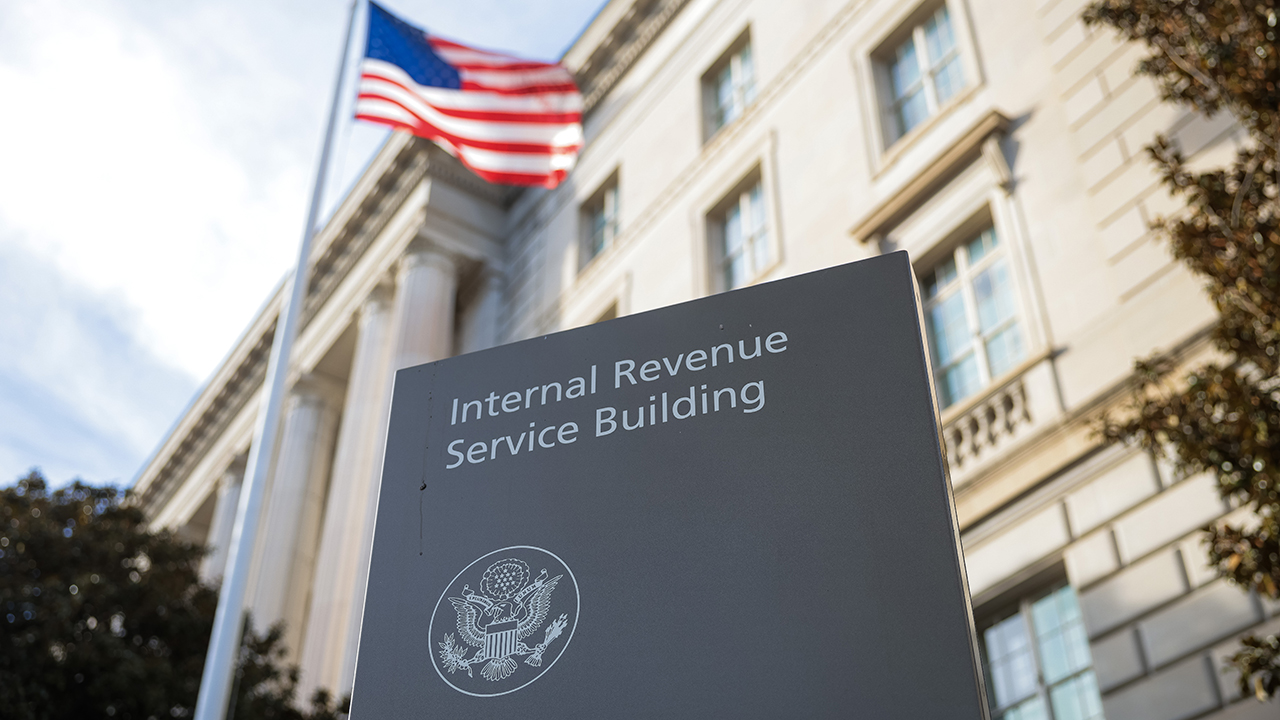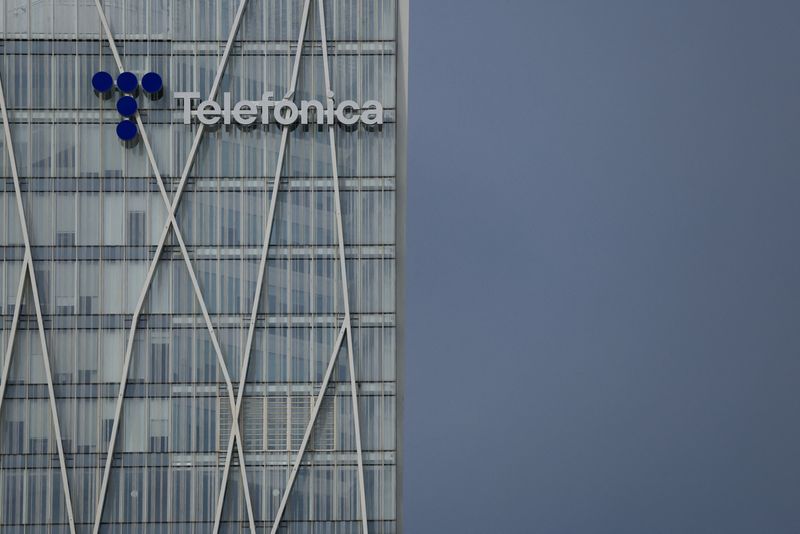The S&P 500 Index has shown notable resilience in recent days after losing the gains from its rally, which had been fueled by Nvidia’s earnings. This highlights the volatility currently gripping the U.S. market, where technical, political, and economic factors intertwine in a complex landscape. The support found at the 5,895 level, followed by a quick recovery to 5,915 within a single session, reflects clear buying activity on dips, particularly by retail investors, suggesting the upward trend remains intact despite temporary technical weakness.
Markets have also become more selective and better at digesting news, even negative developments such as trade tensions or new tariffs. This was evident in the relatively muted market reaction following comments from Luttig and the announcement of new tariffs on steel and aluminium. Such market consolidation does not necessarily reflect full investor confidence, but rather a new form of “conditional stability” in which selective buying takes place amid volatility driven by technical speculation and shifting sentiment. It’s becoming clear that traditional economic indicators—like consumer spending or productivity growth—are no longer the sole drivers of market trends. Instead, intraday reactions to earnings data, technical setups, and even political rhetoric are playing a more central role in steering the index’s movements.
As for bond yields, the environment is increasingly sensitive and volatile. Sovereign yields in the U.S., Europe, and Japan have climbed over the past week, disrupting debt auctions, as seen recently with UK and EU bonds. Despite this, the stock market has shown surprising resilience, reinforcing the idea that investors are gradually adapting to a “higher-for-longer” yield environment, especially amid the Federal Reserve’s consistent hawkish stance. However, a sustained rise in long-term yields—particularly the 30-year segment—could pose a serious threat if accompanied by slowing economic data or deteriorating earnings expectations.
The biggest risk, in my view, lies in the possibility of a bond market “tantrum,” where markets experience a sharp, sudden sell-off due to unexpected shifts in interest rate expectations or failed debt auctions—as we have recently witnessed. Such a scenario would exert significant pressure on growth and momentum stocks, which led the recent rally, potentially triggering a steep correction in equity indices alongside a spike in volatility (VIX). This kind of shock would be harder to recover from compared to a geopolitical or trade-related crisis.
On the earnings front, although there have been negative revisions to Q2 earnings forecasts for S&P 500 companies, I believe the market may have already priced in these cuts. Yes, the downward revisions were significant, but Q1 results displayed notable resilience, with both earnings and sales exceeding estimates in several sectors. This creates an interesting paradox: overly pessimistic expectations may set the stage for positive surprises as companies begin reporting results in the coming weeks, thereby supporting the continuation of the current upward momentum, provided there are no monetary or bond market shocks.
It’s also crucial not to underestimate the role of retail investors, who served as a solid line of defence during the April sell-off. Their continued participation, despite warnings of a potential recession or bond shock, marks a structural shift in the market. Though their capital is modest compared to institutional players, retail investors help create sharp price bottoms and activate “buy-the-dip” strategies, cushioning the depth of corrections.
Another key observation is the narrowing performance gap between European and U.S. markets over the past month. After European markets clearly outperformed since the start of 2025, the S&P 500 and Nasdaq have recently regained lost ground. Whether this trend continues will largely depend on the strength of U.S. economic growth, stability in bond yields, and the absence of surprises in trade or monetary policy. Meanwhile, European markets may see slower performance in H2 if the European Central Bank tightens policy or if Germany’s industrial rebound loses steam—factors that could redirect capital flows back to U.S. markets.
In conclusion, despite growing volatility, Wall Street remains in a recovery phase rather than facing imminent danger. However, this recovery is conditional and relies on several factors: the absence of sudden bond market disruptions, solid earnings data, and continued retail investor participation. As such, buying on dips remains a valid strategy—but only with careful risk management, especially as we head into the second half of the year, which could bring heightened uncertainty due to the upcoming U.S. elections and ongoing monetary policy developments.
Technical Analysis of ( S&P500 ) Prices:
The chart of the US500 (S&P 500) on the 4-hour timeframe reflects a classic bullish corrective ABCD pattern, which peaked at point D near the psychological level of 6000. This was followed by clear signs of weakness around that level. This supports the likelihood of the market entering a medium-term correction phase, especially after the index broke below the ascending channel support while also failing to register new highs above point D. This suggests that bullish momentum is fading, as confirmed by oscillators showing a bearish divergence compared to the price action.
 |

By applying Fibonacci retracement tools from the swing low at point A to the peak at point D, we observe that the index has broken the first support level at the 0.236 retracement near 5764. This breakdown supports a potential move toward the 0.382 level at 5600, which serves as a pivotal area to determine whether the current move is merely a temporary pullback or the beginning of a broader bearish trend. The alternative scenario assumes a retest of the 5910–5950 range, now acting as a key resistance zone; failure to break above this area would keep the outlook tilted toward further downside.
In terms of momentum indicators, the stochastic oscillator has started to turn lower again after approaching mid-levels, reinforcing the short-term bearish scenario. The current technical structure suggests the market may oscillate sideways between 5760 and 5600 before choosing a clear direction. A firm break below 5600 could open the door to deeper corrections toward 5400 or even 5200, while a breakout above 5950 would reactivate the bullish trend, potentially targeting new highs. Written by Rania Gule
Support levels: 5764 – 5600 – 5400
Resistance levels: 5912 – 5950 – 6000




















































